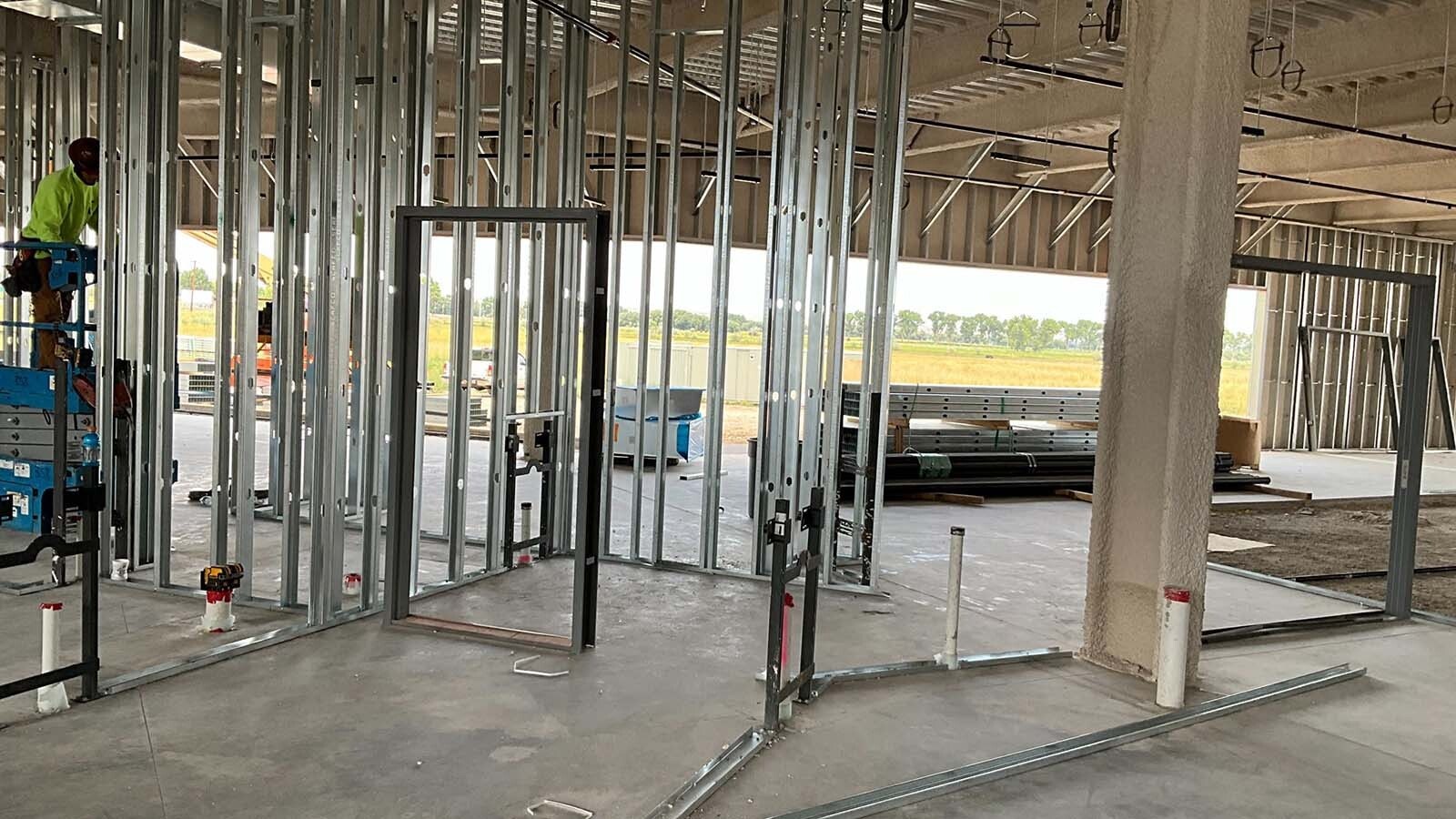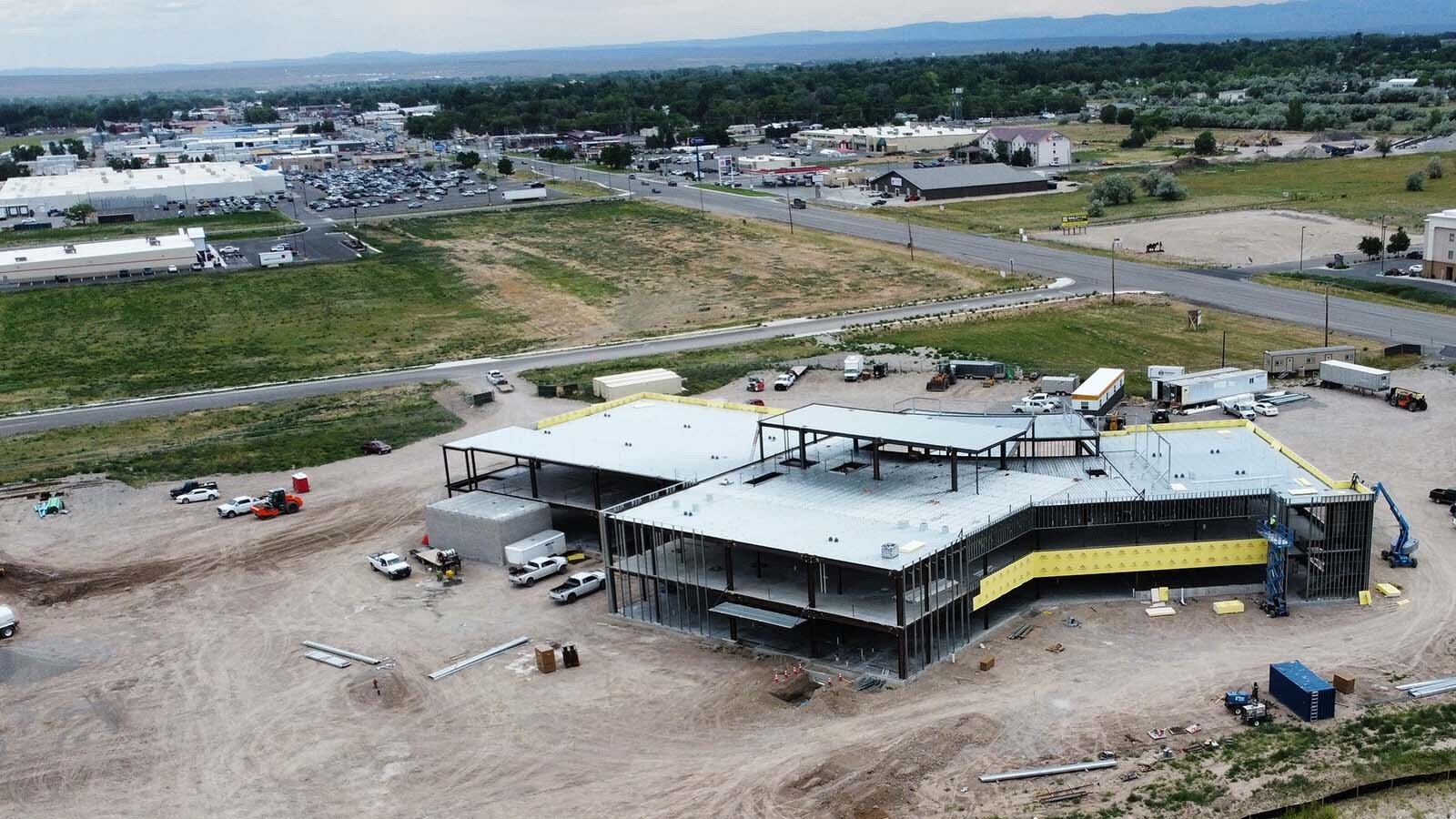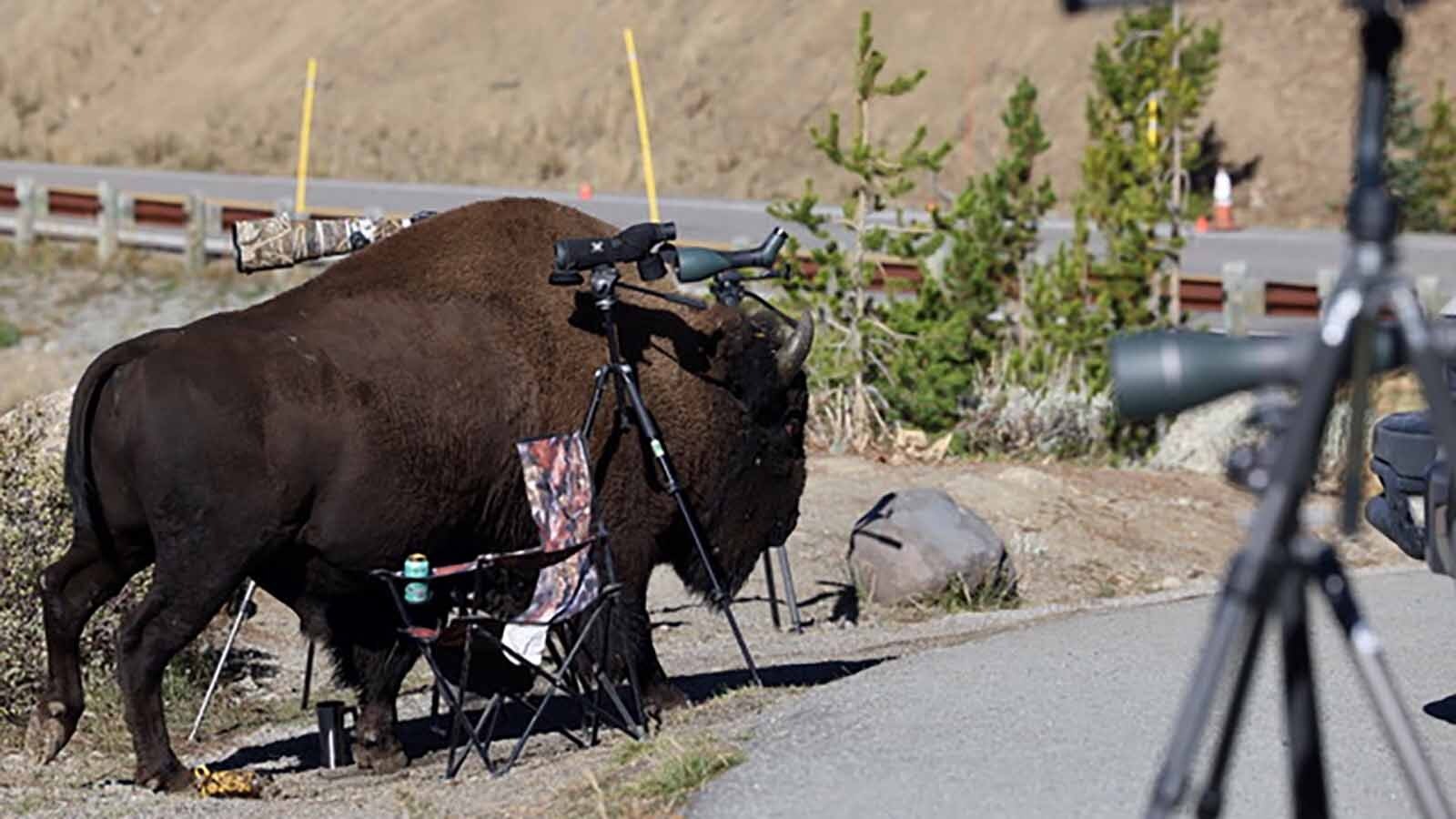Rural hospitals across America have been closing and scaling back,crushed by the current health care economics. In Riverton, Wyoming, they’re fighting that trend in a big way with a new $66 million hospital project.
Riverton is building a new 71,000-square-foot hospital that will offer state-of-the-art primary, acute, emergency and specialty care services, as well as 24/7 surgical and emergency capability, for a region with about 22,000 people.
Part of the total $66 million is for operating funds while the new nonprofit, independent hospital ramps up its services. About $57 million is for building the new facility from the ground up.
Funding includes a $37 million loan from the U.S. Department of Agriculture; a $1 million Community Facilities Emergency Rural Health Care Grant from USDA Rural Development; $15 million in federal grants facilitated by the state of Wyoming; and more than $14 million of additional support from Fremont County, the Shoshone Tribe, USDA and private donors.
The story of the new hospital, scheduled for completion in late 2026 with a staff of 140, is a multi-year saga that began in 2013, when a private equity company called LifePoint Health bought Riverton Memorial Hospital, ostensibly to save it.
Dr. Roger Gose and Dr. Eric Ridgway remember the marketing around that well.
“We were told at that time we could no longer afford to compete,” Gose told Cowboy State Daily. “We had to collaborate.”
The idea, as it was laid out to them, was to create “centers of excellence” at each of the LifePoint facilities, one in Lander and one in Riverton.
“Maybe OB would be in Riverton,” Gose said. “And general surgery in Lander and so forth.”
What actually happened over time was much different than what the community was told.
Instead, for Riverton there was a slow downhill decline in the services that people could access locally. If they wanted more, they had to drive at least 30 minutes or more away.
“Because I was immersed in everyday practicing medicine, I saw it deteriorate over time,” Ridgway said. “And they had sort of duped me into believing that they were intending to reinstate all of the services we’d had previously. But I got snowed, and it was just a consistent deterioration over time.”
Gose, meanwhile, had come to Riverton in 1978 to help build up the community’s health care, so he took what he saw happening particularly hard.
“I was really proud of the progress we had made,” he said. “And 15, 18 years ago, Riverton was in Thompson’s top 100 rural hospitals in America.”
But now, Gose was getting calls from colleagues in Casper confused by the situation.
“They were saying, ‘Roger, what’s going on over there?’” Gose recalled. “'Our ER is getting clogged up with people you ought to be taking care of.’”

Driving Through A Canyon, Blizzard To Deliver Babies
Doctors weren’t the only ones hearing disturbing things about Riverton’s health care under that model.
Vivian Watkins, a retired banker, was hearing stories from her friends as well.
“I would hear about these young, young couples having to drive through the canyon to get to Thermopolis or driving to Lander in a blizzard to have a baby,” she said, referring to Wind River Canyon. “Driving any place to have a baby is kind of nerve-racking, let alone when you have to go through a canyon or a blizzard.”
She also heard heartbreaking, tearful stories from people who’d lost loved ones.
“It was always a statement of, ‘Vivian, five years ago, when we had Riverton Memorial Hospital, this wouldn’t have happened,’” she said. “‘We would not have lost this person. We would not have had the damage done to this person that has been done.’
"Listening to the heartbreak and seeing the tears over a period of time, that really gets to you.”
As the stories began to pile up, Watkins and other concerned community members started asking each other what they could do to improve things.
That eventually brought them all together in a local downtown restaurant for an informal meeting to talk about their community’s health care.
As people shared their stories about lost services, lost physicians, and terrible outcomes, Watkins had one pivotal question for the group to consider.
“What are you willing to tolerate?” she asked. “Once we answer that question, we’ll know what to do.”
Could they tolerate canyons and snowstorms to deliver a baby?
Could they tolerate that wider window of time to access higher level health care services?
“The problem with all of that is that time is brain (tissue),” Gose said. “Time is heart (tissue). Particularly in the age bracket that I’m in now.”
The more time it takes to get to higher level health care is more time to lose the critical tissues that ultimately determine whether people live or die, and what kind of quality of life they’ll have if they survive.
Not Filling Service Gaps
SageWest Health Care, which is what Riverton and Lander’s medical facilities are now called, did not respond to emails or phone calls about changes that have been made over the years at the facilities in Lander and Riverton, which merged in 2014.
In a 2021 Wall Street Journal report, LifePoint’s CEO of Wyoming Hospitals John Ferrelli said they opposed building a new hospital in Riverton because it wouldn’t “fill gaps in care.”
Ferrelli also wrote letters to Wyoming’s congressional delegation at the time, as well as to then Agriculture Secretary Tom Vilsack, opposing USDA funding for the facility, saying it was going to hurt SageWest’s business and would likely cause patient declines which would force more physicians to leave the area.
The community, meanwhile, continued to get the same messages that the merger of Riverton and Lander’s facilities had strengthened health care overall by providing better economics, and that they were still exploring opportunities to expand services locally.
Riverton Medical District Board of Directors Chairman Corte McGuffey told Cowboy State Daily that he’s yet to see any real expansion of local services in Riverton from SageWest.
“These outfits are master marketers,” he said. “They never talk about the doctors who are leaving. They always just talk about the new hires, which makes it seem like, ‘Oh man, we’ve got all these providers.’
"But actually, they’re just replacing them, or fighting to keep what they have.”
Let 'Er Buck
Ultimately, Riverton’s answer was that people couldn’t tolerate the health care outcomes they were seeing any longer. They needed to buck the economic trend somehow, some way.
“No one in that room was willing to tolerate living in a community — we’re in a service area of 22,000 people — without adequate health care,” Watkins said. “That was our answer, and that’s where our project began.”
The group first explored less lofty options than building a new hospital. They approached LifePoint to see if the group could buy or lease the community’s hospital back, returning it to more local control that way.
When that failed, Watkins started making phone calls.
“I spent two days on the phone calling hospitals around the state,” Watkins recalled. “And one call would lead me to another.”
Ultimately, it seemed the only way to achieve their goal of returning a full slate of health care services to Riverton was to build a new, locally controlled hospital facility.
That led to the first of many huge hurdles that the group has had to clear along the way.
They needed a $150,000 study to determine if the numbers to support a second hospital were there, a study that was not guaranteed to give them an affirmative answer.
Watkins still remembers the evening she stood up in front of about 125 people to tell them about this.
“We’re going to need to do a feasibility study, right off the bat, to see if this even makes any sense,” she recalls telling them. “And oh, by the way, the study is going to cost us $150,000, so get your checkbooks out.’”
Later, Watkins recalled one lady coming up to her at the grocery store to talk about her concerns.
“Aren’t you afraid that we pay $150,000 for this study and it says we’re crazy and not to do it?” She asked.
“I didn’t even know the lady’s name,” Watkins said. “But I told her, ‘Dear, here’s what I can tell you. I will spend $150,000 to save you $37 million.'”

Last-Resort Lender
The feasibility study was a crucial element in seeking funding for the facility. But even with a feasibility study that said the numbers were good and things could pencil out, traditional banks still didn’t want to touch the project, Watkins said.
“It was feasible. It was financially possible. It was a no-brainer in a sense,” Watkins said.
But this was a group of community volunteers. What did they know about running a hospital in today’s economic climate, where rural hospitals are more frequently closing than opening?
That left federal funding from the USDA as the only viable option for the group.
“I’m an old banker, and I’ve known for 40 years USDA is your lender of last resort,” Watkins said. “You look under every rock, you call every old Uncle Fart that you have, and you try to raise money and borrow money any way you possibly can before you to go USDA, because they’re a pain in the butt.”
Bonding and traditional bankers also wouldn’t give them a green light.
“We probably spent four to six weeks of doing absolutely nothing but looking for somebody who would say, ‘Yes, we’ll loan you the money to build a brand-new hospital, even though you don’t have a clue what you’re doing,’” Watkins said. “And I would say, ‘Folks, I’ve run banks all over Colorado and Wyoming for over 40 years and I wouldn’t loan us the money.'”
With USDA, one of the first pieces of red tape was a second opinion on the feasibility study, McGuffey said.
“We’d used a company out of Maine called Stroudwater Associations, and they’re, like, pre-eminent rural health care specialists, and they came out and did our feasibility study,” he said. “And they told us they’ve seen this throughout the country what private equity has done to rural communities.”
Eide Bailly was the firm tapped to evaluate Stroudwater’s analysis.
“They were in agreement we could have a profitable hospital,” McGuffey said. “So, we’ve done the work on the numbers. Now we just need to execute the plan.”
Key To Economic Vitality
McGuffey is a Riverton high school graduate and a standout football player who returned home after about a dozen years away as a successful dentist in Colorado.
“I’d always considered Riverton my hometown,” he said. “I really liked dentistry, and I could have finished my career doing that. But the opportunity to move home and raise my kids in Wyoming was pretty important to my wife and I, so that’s why we moved back.”
As stories began to filter in about what was happening to Riverton’s hospital, he realized this was an existential crisis not just for his move back home, but his businesses as well.
“I didn’t move back here to not have decent quality health care,” he said. “And, selfishly, from a business owner’s perspective, I mean, it’s hard to recruit people to stay here if they don’t feel good about health care services that are being offered.”
McGuffey sees a lot of challenges ahead for the fledgling hospital once it opens, but they are challenges he believes Riverton must take on for the sake of its future.
McGuffey isn’t alone in believing quality health care is key to Riverton’s future economic growth.
Watkins, who at one time was director of economic development for Wyoming, also sees access to excellent health care as a make-or-break issue on that front.
“As a community developer, I will tell you, as well as anyone else who has ever done community development work, you close their school and take away their health care, and you have just doomed them,” she said. “A community cannot continue to exist once its school is closed or its health care.”
That makes having a home for health care that the community is proud of vital, Watkins said.
It’s the future of everything for Riverton, which is a town that has so far been slowly growing and doesn’t want to start slowly dying instead.
“The mantra we carried high as we went down this road and will continue to carry as we open this wonderful new hospital is the quote from Margaret Meade that says, ‘Never doubt that a small group of thoughtful committed citizens can change the world. Indeed, it’s the only thing that ever has,’” Watkins said.
Renée Jean can be reached at renee@cowboystatedaily.com.





